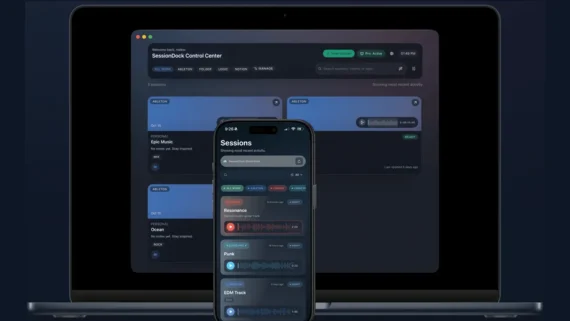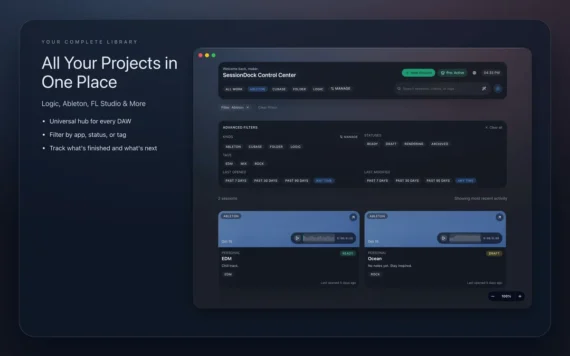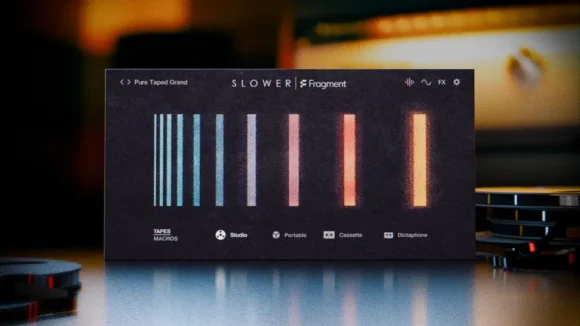Valhalla Supermassive Update Adds A New Algorithm, Sirius

Valhalla Supermassive 5.0 is capable of everything from clean delay to “nearly eternal space reverbs”, and it’s still completely free.
Valhalla DSP’s Supermassive is one of the modern freeware greats. Originally launched in 2020, Supermassive is an algorithmic delay capable of creating both standard echos and epic washes of reverb thanks to its ability to densely layer feedback loops.
Rather than being a ‘lite’ version of another Valhalla plugin, Supermassive is a characterful and fully-featured effect in its own right. At launch it was pitched as an unnatural, uncanny effect to sit alongside the more realistic offerings elsewhere in Valhalla’s lineup, although annual updates have added a variety of new algorithms that have expanded the sound significantly.
Now Valhalla DSP has dropped another free update, bringing Supermassive up to version 5.0 with the addition of a new algorithm named Sirius. This mode is said to have a fast attack, smooth decay, a broad range of echo density from low to very high, and a filtered feedback loop.
“The Sirius mode is a true workhorse,” Valhalla DSP said, announcing the release. “With a clear and clean decay, Sirius is great at creating any size of room, hall or cathedral reverb, and can range from tiny ambiences to nearly eternal space reverbs. Turn up the feedback and turn down the density to create lush modulated echoes, or strange bouncing ball delays.”
Supermassive 5.0 isn’t ValhallaDSP’s only recent release – the developer dropped its latest paid effect, FutureVerb, earlier this month. Futureverb is said to be based on eight years of research and development, a process which also gave rise to Supermassive’s latest algorithm.
“Sirius was originally created as part of our massive research and development project for Valhalla FutureVerb,” the developer explains. “We ended up using different algorithm approaches for FutureVerb, so we’ve decided to leave our R&D work in Sirius for your sonic explorations.”
Along with the new Sirius mode, version 5 of Supermassive also adds next/previous arrows for quickly jumping between its various modes.
Supermassive 5.0 is available to download for free from the ValhallaDSP website.




